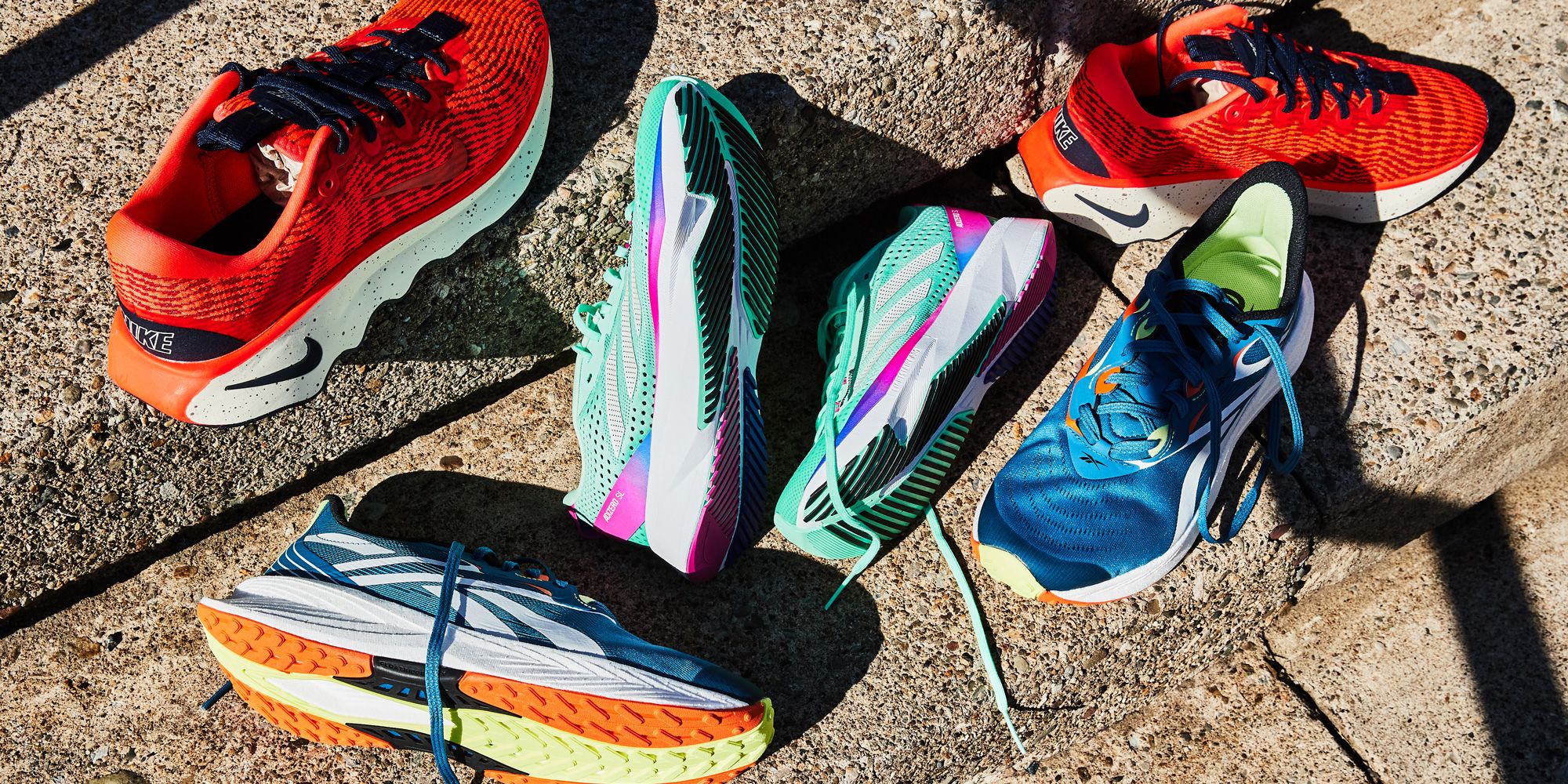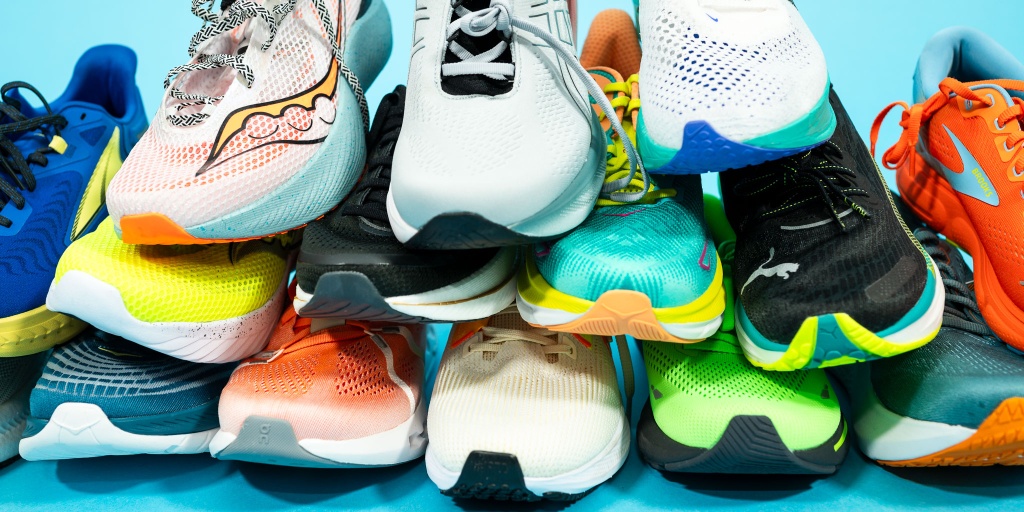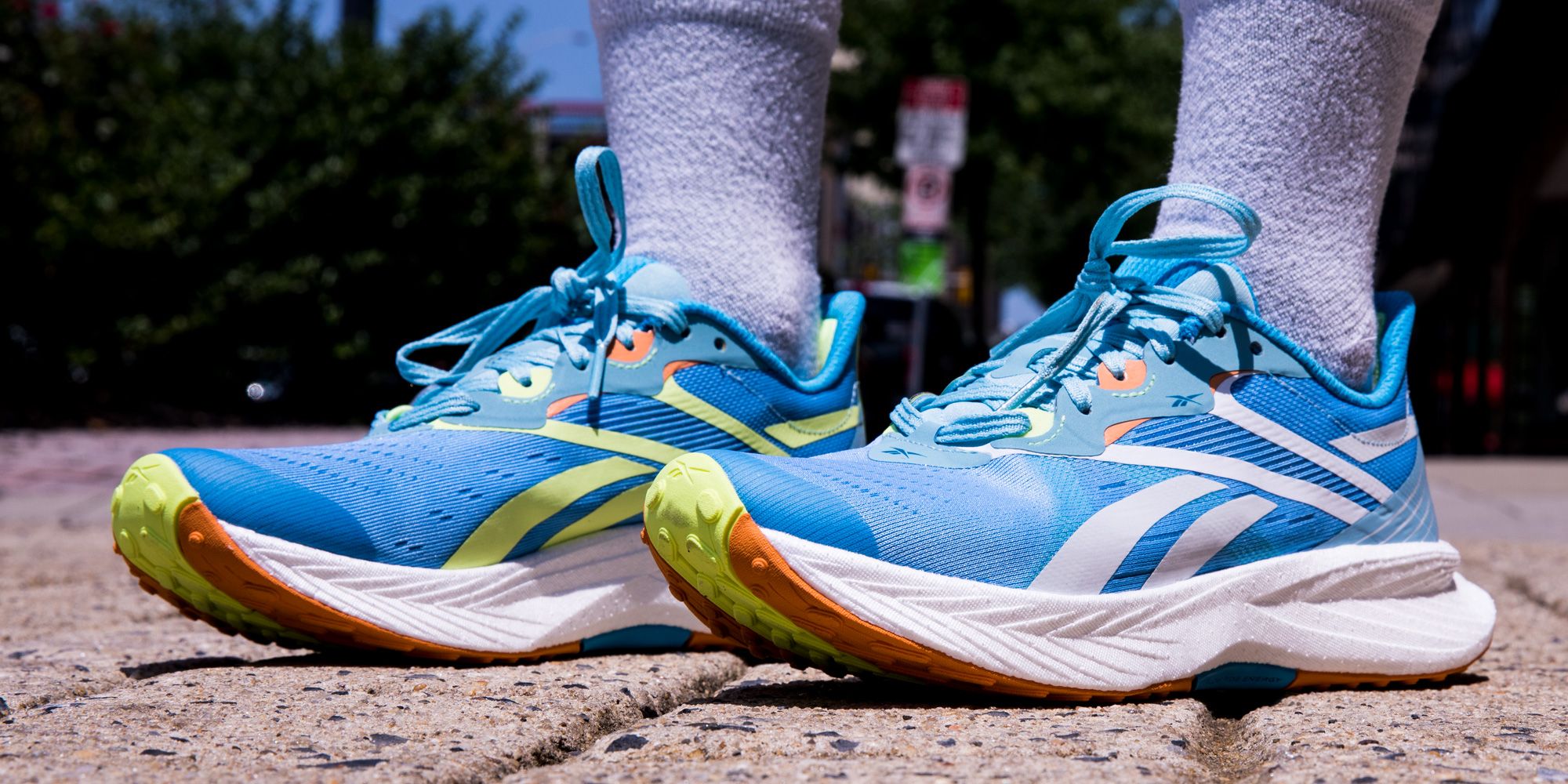Starting a running journey is an exhilarating experience, but the right footwear is crucial in ensuring you enjoy the process and minimize the risk of injury. As a new runner, navigating the vast landscape of running shoes can feel overwhelming. This comprehensive guide is designed for newcomers to the running community, complete with real-world experiences, product highlights, comparisons, and expert tips.
Understanding Running Shoes
Running shoes are specifically designed to accommodate the unique dynamics of running. Unlike casual sneakers, running shoes offer various features that help enhance performance, comfort, and support. Here’s a breakdown of the essential components:
Types of Running Shoes
- Neutral Running Shoes: Best for runners with a neutral gait. They offer uniform cushioning and support.
- Stability Shoes: Designed for runners with mild overpronation who need extra support.
- Motion Control Shoes: Ideal for runners with severe overpronation, providing maximum stability.
- Trail Running Shoes: Built for off-road running, featuring rugged outsoles for better traction.

Key Features of Running Shoes
- Cushioning: Varies between brands; is essential for shock absorption.
- Fit: A snug fit prevents blisters and provides stability.
- Durability: Materials used should withstand the wear of running.
- Weight: Lightweight shoes can enhance speed.

How to Choose the Right Running Shoes
Assess Your Foot Type

Understanding your foot type is the foundation of selecting the right running shoe. Most runners fall into one of three categories: neutral, flat (overpronators), or high-arched (underpronators). Conducting a simple wet foot test can help you identify your foot type.
Wet Foot Test

To perform the wet foot test, wet your foot and step on a brown paper bag or a piece of cardboard. Examine the imprint your foot leaves behind:
- If most of your foot shows, you likely have flat feet.
- A narrow heel and a wider forefoot indicate a neutral foot.
- If there’s minimal contact in the middle, you probably have a high arch.

Consider Your Running Style
Your running style is crucial when selecting shoes. If you’re a heel striker, you might need more cushioning. Conversely, a midfoot or forefoot striker may benefit from a firmer, more responsive shoe.

Popular Running Shoe Brands in the U.S.
Some brands stand out when it comes to running shoes, not just for their quality but also for their innovative technology. Below is a comparison of some of the leading brands and models available in the U.S. market.

| Brand | Model | Type | Cushioning | Price Range | Rating (out of 5) |
|---|---|---|---|---|---|
| Asics | Gel-Nimbus 24 | Neutral | High | $150-$160 | 4.8 |
| Nike | Air Zoom Pegasus 39 | Neutral | Medium | $130-$140 | 4.7 |
| Brooks | Ghost 14 | Neutral | High | $140-$150 | 4.6 |
| New Balance | Fresh Foam 860v12 | Stability | Medium | $130-$150 | 4.5 |
| Hoka One One | Bondi 7 | Neutral | Very High | $160 | 4.9 |
Successful Product Highlights
Asics Gel-Nimbus 24
The Asics Gel-Nimbus 24 is an excellent choice for those seeking maximum comfort. Its gel cushioning provides an outstanding reduction in impact, making it ideal for long-distance runners. According to Runners World, users rave about its plush feel, making it a go-to for everyday training.
Nike Air Zoom Pegasus 39
Nike’s Pegasus 39 is celebrated for its versatility. Whether you’re running on a treadmill or hitting the trails, this shoe adapts seamlessly. Reviews on the Nike website showcase its lightweight feel and excellent responsiveness, making it a favorite for runners of all levels.
Pros and Cons of Popular Models
Pros and Cons of the Asics Gel-Nimbus 24
- Pros: Excellent cushioning, durable, good for long-distance running.
- Cons: Pricey compared to other models, may feel bulky for some users.
Pros and Cons of the Nike Air Zoom Pegasus 39
- Pros: Lightweight, versatile, suitable for various running styles.
- Cons: Some users claim it lacks arch support.
Additional Tips for New Runners
1. Prioritize Fit Over Style
While aesthetic appeal is essential, fit should always come first. A well-fitting shoe can prevent injuries and enhance comfort, allowing you to enjoy your runs.
2. Break Them In Gradually
New shoes will need time to adjust to your foot shape. Start with shorter runs before transitioning to longer distances.
3. Listen to Your Body
If you experience discomfort beyond normal fatigue, take a break or consider getting professional advice. Pain in your feet, knees, or hips may indicate you need a different shoe type.
FAQs About Running Shoes for New Runners
1. Do I need to spend a lot on running shoes?
While higher-end shoes often feature advanced technology and durability, there are mid-range options that provide excellent quality at a lower price. The key is to find the right fit and support for your running style.
2. How often should I replace my running shoes?
Generally, running shoes should be replaced every 300-500 miles, depending on usage and terrain. Keep an eye out for wear signs on the outsole and midsole.
3. Can I use running shoes for other sports?
While running shoes can be used for various activities, they are best for running. If you participate in different sports, consider cross-training shoes that offer the necessary support and stability for those activities.
4. Are there specific running shoes for women and men?
Yes, running shoes are engineered differently for men and women, accounting for varying foot shapes, sizes, and gait mechanics.
5. How do I know if I have overpronation?
Overpronation is characterized by the foot rolling inward excessively while running. A physical assessment at a running specialty store can help determine your pronation type.
6. Should I try shoes on before purchasing?
Absolutely! Trying on shoes and taking them for a test run is crucial to finding the right fit and comfort level.
7. What’s the return policy on running shoes?
Most specialty running stores and online retailers offer a trial period during which you can return or exchange shoes if they don’t meet your expectations. Always check the specific policies before purchasing.
8. Are minimalist running shoes a good option for beginners?
Minimalist shoes can be beneficial but may not be suitable for beginners. It’s essential to gradually transition into them to avoid injury.
9. What are the best shoes for trail running?
Trail running shoes typically feature a more aggressive outsole for traction and a sturdier build to protect against rocks and roots. Popular choices include the Salomon Speedcross and Altra Lone Peak.
10. Can running shoes help improve my performance?
Yes! The right running shoes can enhance your performance by providing better support, cushioning, and energy return, allowing you to run farther and faster.
11. What should I look for in a running shoe for long-distance running?
For long-distance running, prioritize cushioning, a secure fit, and durability in your shoes. Look for models specifically designed for distance running, like the Brooks Glycerin or Hoka Bondi.
For more information on running shoe technologies, you might find this external resource helpful: Runner’s World.
In conclusion, embarking on your running journey can be incredibly rewarding with the right footwear. Consider your foot type, running style, and personal preferences when choosing your shoes. Remember, comfort and support are paramount, and investing in quality footwear will help you stay motivated and injury-free as you build your running regimen. Happy running!